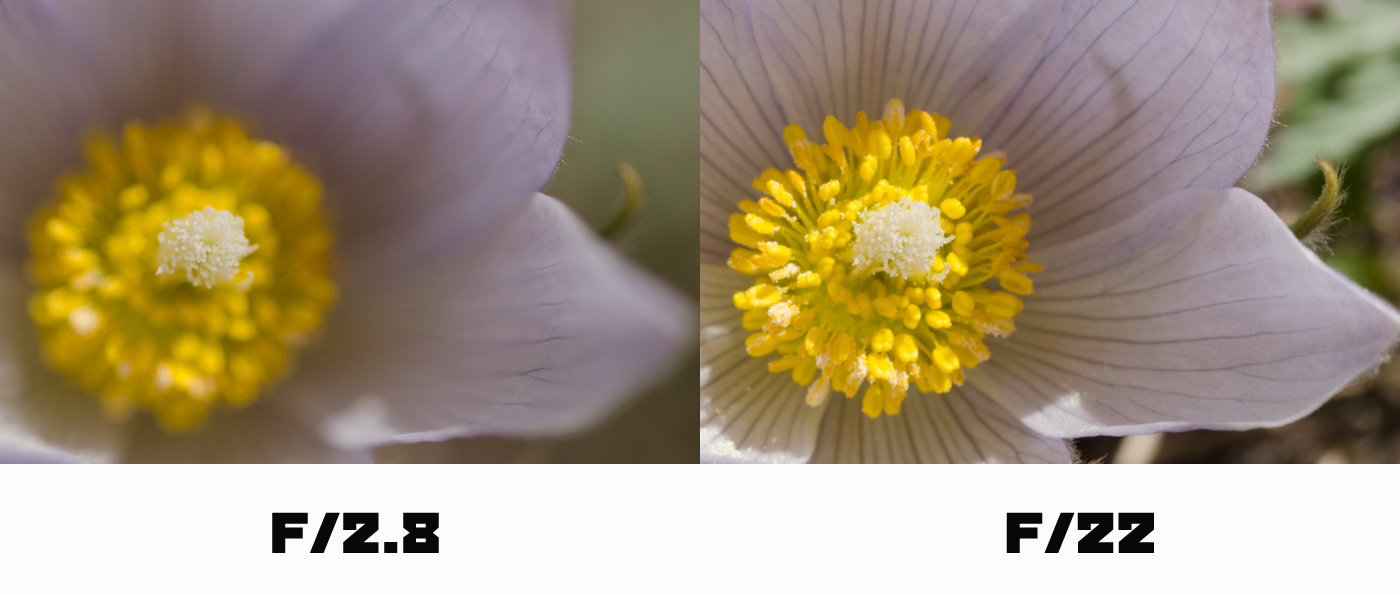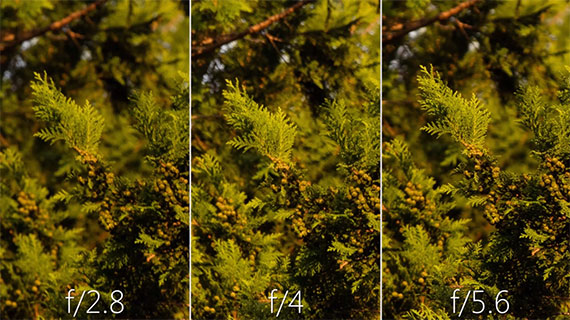


Getting closer to your subject will give you less depth of fieldīacking away from your subject gives you more depth of field. changing from F8 to 16) will give you 96% more depth of field. Making your aperture two stops smaller (e.g. If you are shooting a close-up at F22, and then you want to shoot something further away, you have to quickly “dial down” your aperture.Ĭhanges affecting Depth of Field, and other factsĪs I stated above, making your aperture one stop smaller will give you 40% more depth of field. Unless you have a very powerful strobe, the subject will be underexposed. It’s very common for beginners to try to shoot something 2ft away with an aperture of F22. Using too small an aperture will prevent your underwater strobes from lighting the subject if they are not close enough, due to strobe falloff. A quick rule of thumb, known as "F8 and be there", says shoot at F8 when you want maximum sharpness and don't care about depth of field or the background. Lenses often perform best when stopped down 1 or 2 stops. A very small aperture will keep the background almost in focus.Īperture will effect the performance of lens, especially zoom lens and non-prime lenses. A large aperture such as F2.8 will heavily blur the background. Smaller apertures on a dSLR, around F20 & greater, will result in loss of sharpness (Diffraction) at 100% magnification.Īperture controls the bokeh, or blur, of the background. changing from F11 to F16, will give you approximately 40% more depth of field. In general, closing the aperture by 1 stop, e.g. The smaller the aperture, the less light that enters the lens from all sources. This is sometimes true, but when doing macro photography, the DOF lies equally in front and behind the focal point.Īffects ambient light and strobe light. In nature photography, people are often told that the depth of field lies 1/3 in front of the focal point (closer to the camera), and 2/3 behind the focal point. Look at the first two photos below, in the last section on this page, and you can clearly see the areas that are in focus, which lie within the depth of field. The depth of field extends in front of this point, towards the camera, and behind this point. This area, parallel to your camera lens, is called the focal plane. The sharpest area of the photo is the location your camera focused on. Areas outside of the DOF are blurry, with the blurriness increasing the further away they are. The depth of field is the area of a photo that is in focus. F4 is one stop away from F2.8, so we "stopped down 1 stop."ĭepth of field (DOF) is an important concept. going from F2.8 to F4, is called "stopping down," or closing the aperture.

Let's look at the apertures that have a 1-stop difference, going from a large aperture to a small aperture. – F22), the aperture gets smaller.ĭecreasing the aperture by one "stop" will let in 50% less light. F8, F11, F16) and the amount of light that enters through the lens decreases. As the aperture is made smaller, the F-stop increases in number (e.g. Here is a slightly more techincal explanation. The size of an aperture is referred to as an F-stop. F2.8, which lets in the most amount of light. Each lens will have a largest aperture, e.g.
#Depth of field and f stop free#
And if you want to explore even further, feel free to visit the hyperfocal distance calculator.The aperture of your lens is an opening that can be made smaller or larger. We'll get more into these parameters in the next section of this text. In the advanced mode, our DoF calculator will also display the corresponding focal ratio of your selected aperture f-stop, the approximate hyperfocal distance, and the hyperfocal near limit of your entered settings. You can click on the Advanced mode button below our calculator to change this value or modify the values of the factors that affect the circle of confusion limit. Our DoF uses a default value of 0.029 mm for the circle of confusion limit of a 35mm full-frame sensor size. If you think the calculated depth of field is either too narrow or too wide for your liking, you can adjust your camera settings to meet your preference. Upon doing these steps, you'll get the depth of field and depth of field limits for your camera's settings. Enter your approximate focusing distance to your subject.Pick the aperture size you prefer to use.Enter the focal length of the lens you are using.You can enter custom sensor width and height measurements by selecting Custom sensor size from the options. Select your camera's sensor size from the list.Here are the steps you can follow when using our DoF calculator:


 0 kommentar(er)
0 kommentar(er)
